Katja Benrath: Watu Wote Explores Terrorist Attacks in Kenya

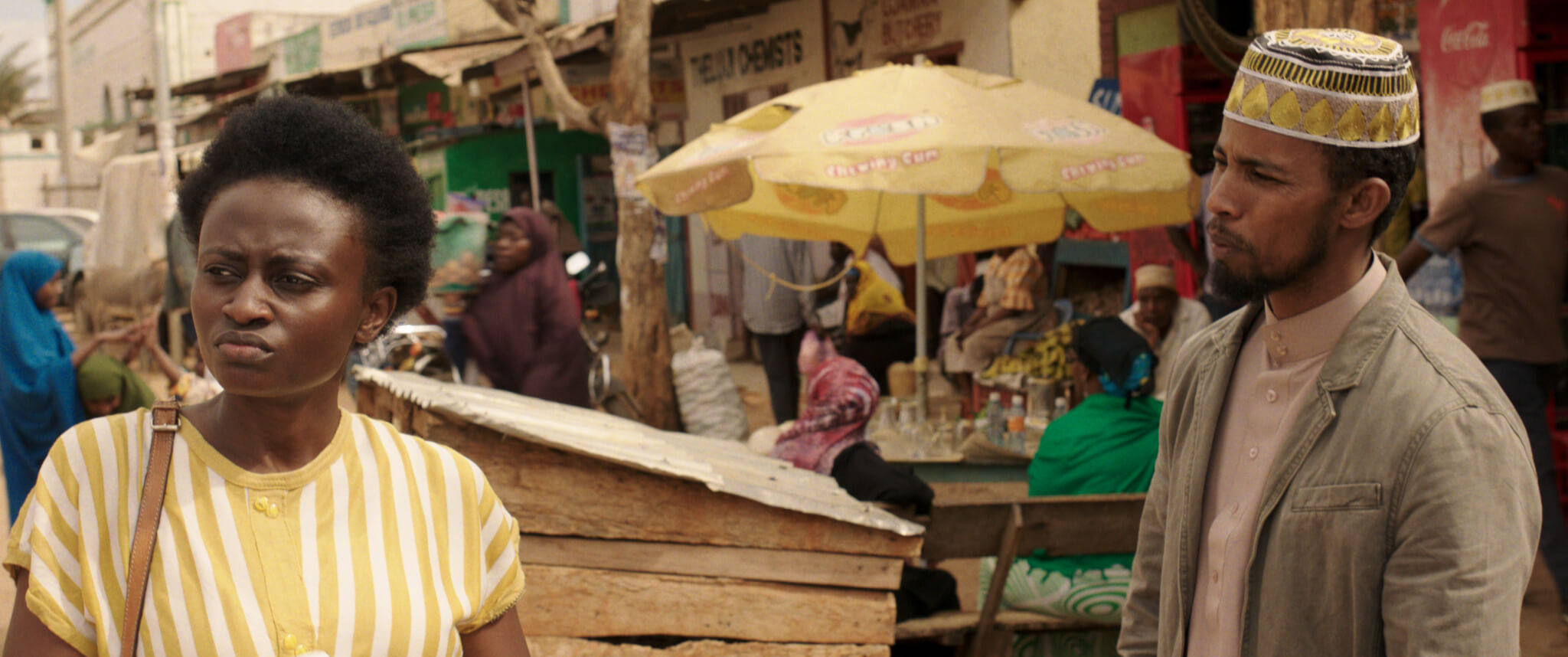
Inspired by real-life events, Watu Wote tells the story of Salah Farah. All the while, the film takes a look at the terrorist attacks that plagued Kenya for a decade, including the mistrust between Christians and Muslims within the country. Farah, a Muslim who shielded Christians in an al-Shabab terrorist attack, had been one such person to lose his life due to the terrorist activities, ultimately dying while being treated for his wounds. We’ve interviewed the director Katja Benrath who wanted to tell Farah’s story.
What inspired you to tell Salah Farah’s story?
We read it in the newspaper and on the BBC Website and decided that this was the story we wanted to tell – we wanted people to know about. The impact was huge… it was the days before Christmas… In our world right now – in my opinion – it is necessary to focus on a great goal or good things more or at least as much as on the bad side… if we don‘t know where we want to be – we will never reach it. Shining a light on events where people stand up for each other, despite religious beliefs, or prejudices – just because the person next to you is a human being – might give us a chance to realize, what could be possible. Especially Salah Farah showed a lot of courage… But the main thing for me was the strength of the whole group, which gave Salah the possibility to act like this.
These thoughts gave us the spirit to fight for the possibility to shoot this shortfilm where it belongs… in Kenya. But attached was a huge responsibility… We didn‘t want to go to Kenya, „colonize“ a story and tell it from a european perspective… We wanted to find out, if kenyan filmmakers were already planning to make a movie about it and/or if they would team up with us and give all our passion and skills into this project together. Kenya has great and inspiring filmmakers and we were able to do it all together. Lightbox Africa was our amazing partner during the project. And we knew and know, that without the amazing support of our Kenyan partners it never would have been possible to tell the story of Salah Farah and his fellow passengers.
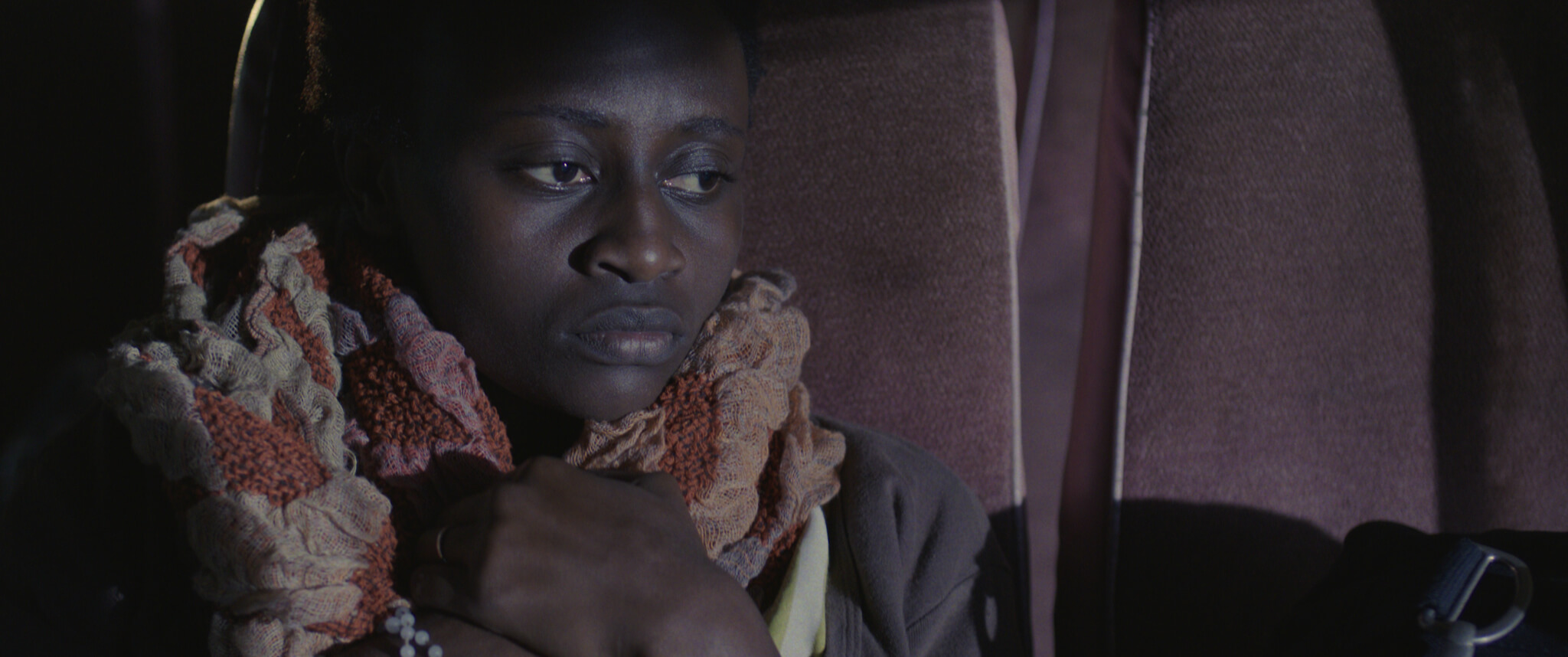
What messages do you want viewers to learn from this film?
I believe deep down we really want to be part of a strong community – trust each other and be kind to one another. But could I stand up for a stranger when someone is pointing the gun at my kid? i don’t know. I want to be like this and i think i give my best to be – but would i… could I… either way i think, we want to live in peace and freedom… Sometimes those thoughts mislead us into a thinking in categories of people – who is “us” – who belongs to “us”. I wonder when will be the time we truly understand… People standing up for on another in situations like this gives us the possibility to think about a lot of situations we could stand up…
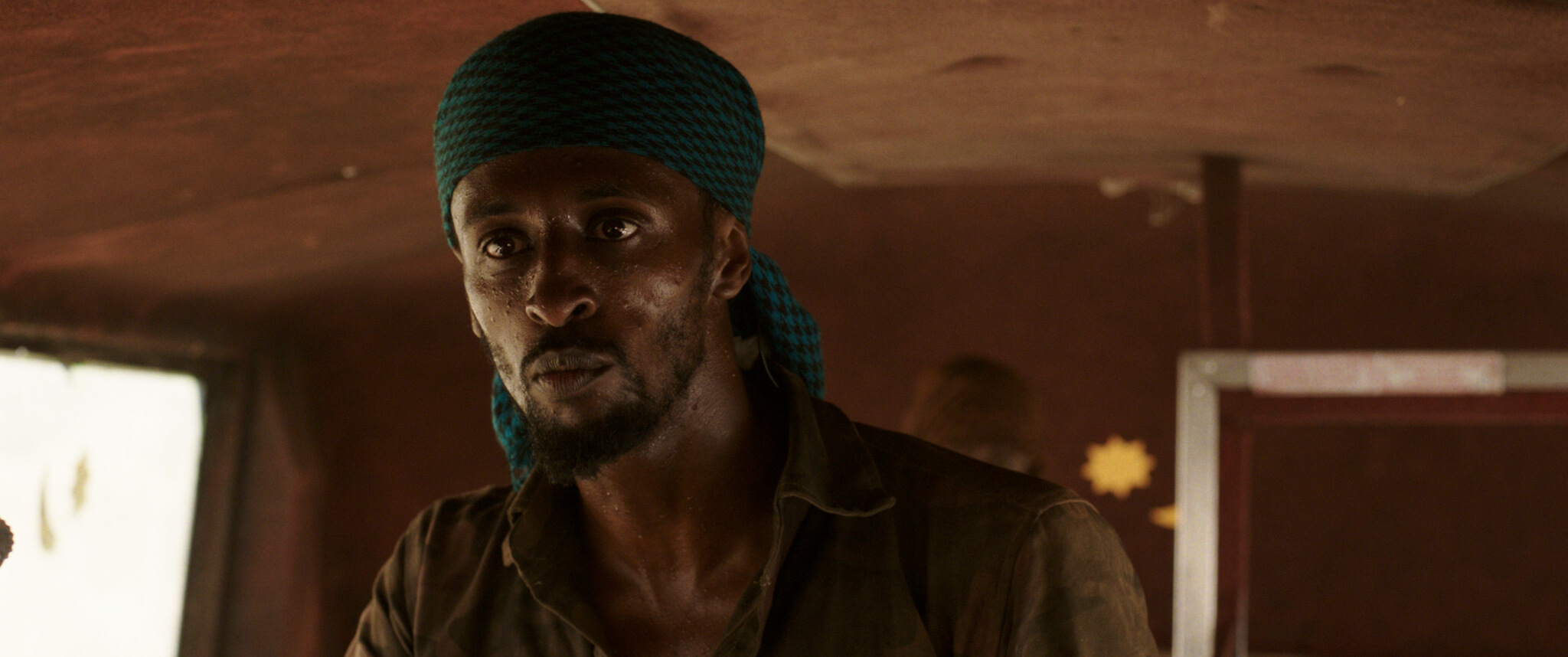 What resources did you use to find more about Salah Farah?
What resources did you use to find more about Salah Farah?
We talked to people who know him – in his village and also in the school he was teaching in. And also we talked to some of the passengers on that bus…
What were the hardest scenes to film, especially within the emotional context?
The attack scene in the desert… I would have to say working with a lot of people who aren’t actors. Most of the people you see in this film are local citizens who volunteered to be a part of this film and they are the ones worthy of recognition for their incredible efforts and courage. A lot of them experienced similar stories or at least have family members who did – so one of the main challenges was to not re-traumatize them and give them a feeling of safety… We had to find and show their fear in order to tell the story in a truthful way…… so they really went deep into their feelings and showed it…Conversations and communication was always the key to being able to stay in our reality,. I am very thankful, that they also supported me in telling a story as truthful as possible in a culture that isn’t mine – which was the other huge challenge I faced…
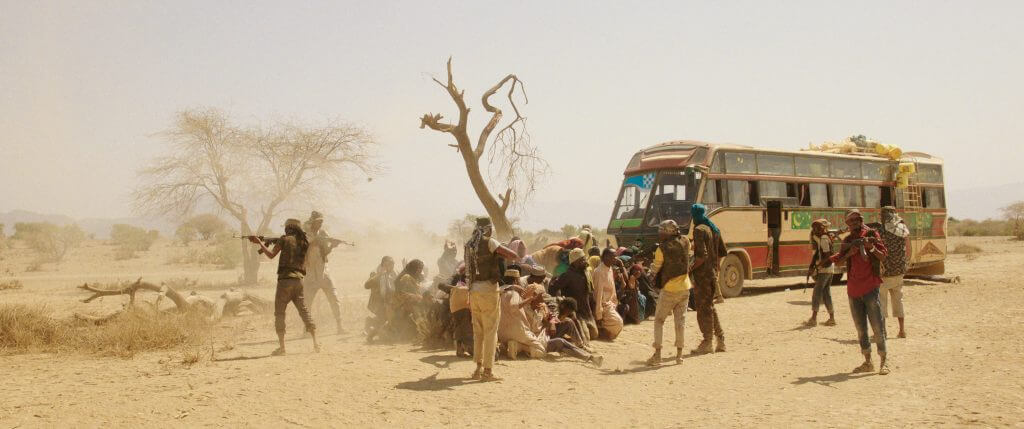 This film was an international production with groups like Hamburg Media School and the Kenya-based Ginger Ink Films, and Lightbox Africa producing. Tell us what it was like to work on a project where many worlds meet.
This film was an international production with groups like Hamburg Media School and the Kenya-based Ginger Ink Films, and Lightbox Africa producing. Tell us what it was like to work on a project where many worlds meet.
For me it is the perfect project, because I like the feeling of teamwork and even more of teamwork on that level… Having a huge vision and sharing it with people from different countries, backgrounds and Settings always unites people. Getting a sense of a greater picture how one could work together it always inspiring. We faced a lot of challenges and working together for sure produced some of those challenges but even more: solved most of them in the best way possible. Our Camera was stolen – we didn’t have enough drinking water in the desert sometimes – one of the main actors was imprisoned because of racist reasons, the police car we rented couldn’t be there on time, because in the next village had been an attack…and also “normal” things like a not working generator…
Every challenge was big and it felt like we had every day a bigger one… but somehow – with the help of so many great people – we managed to solve them all. Actually I think one can feel the power of so many people who follow their uniting vision.
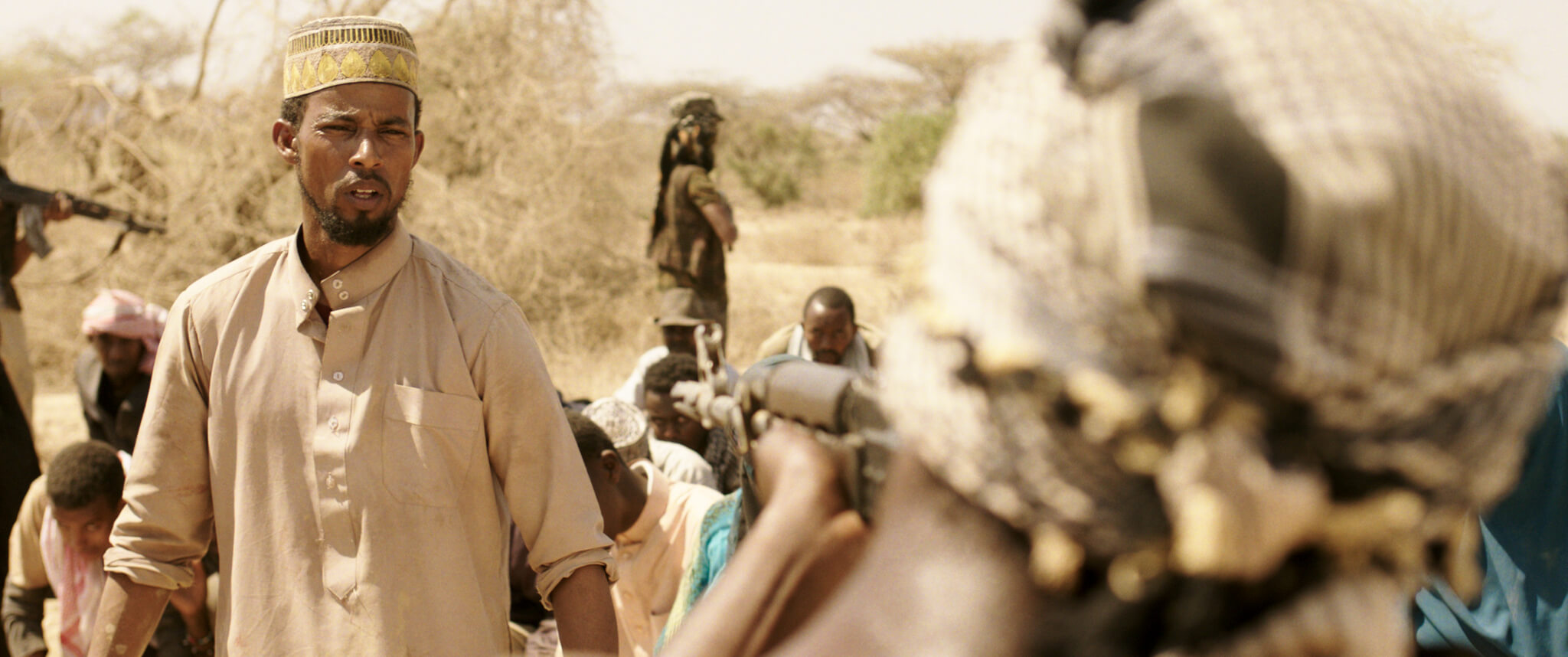
What other projects are you working on?
I don’t want to give anything away just yet but I am working on a feature film right now in Germany and I am starting to work one that also takes place in Africa. This film is very near and dear to my heart and I feel incredibly passionate about telling this story in a way that can hopefully inspire people.
Responses